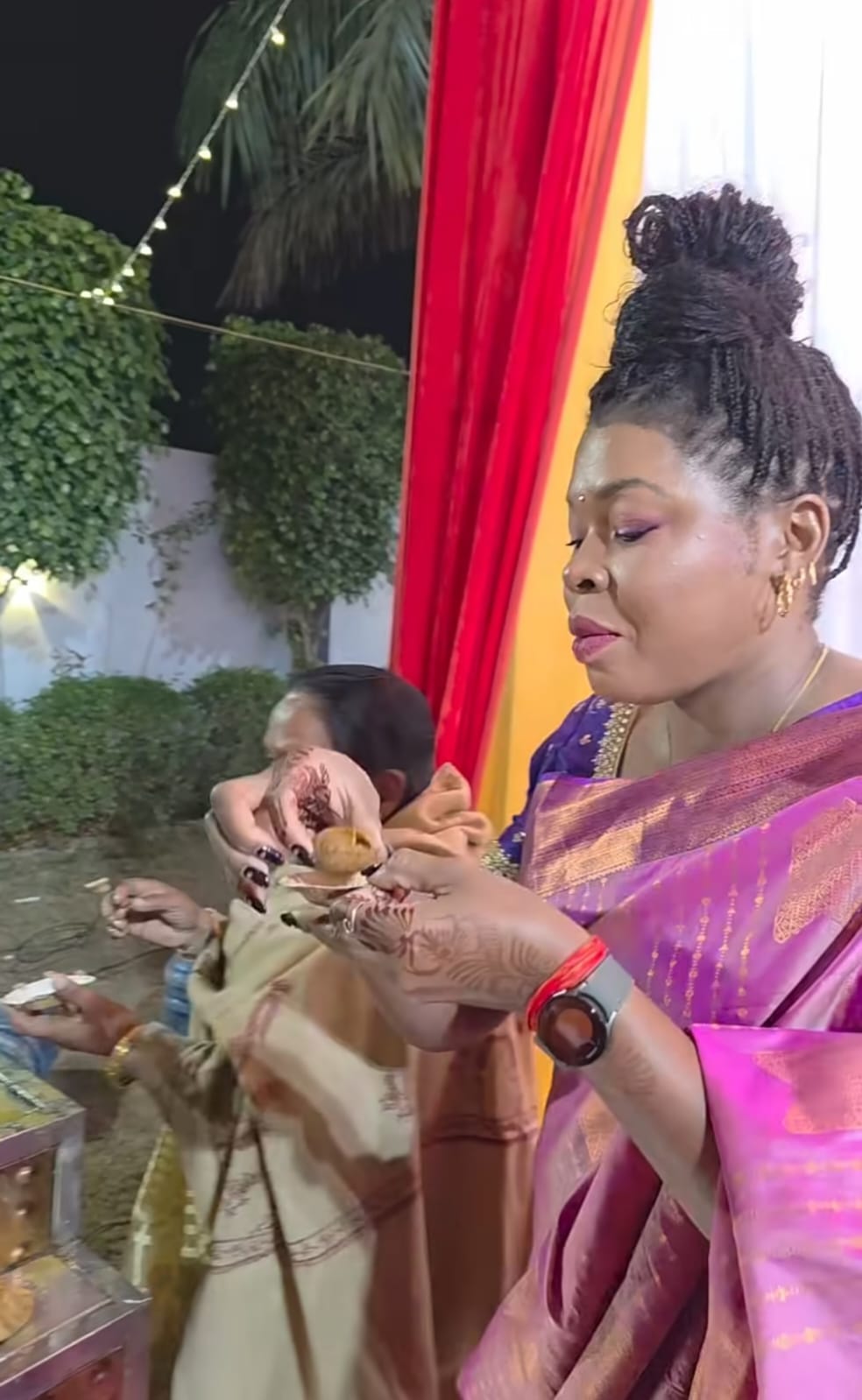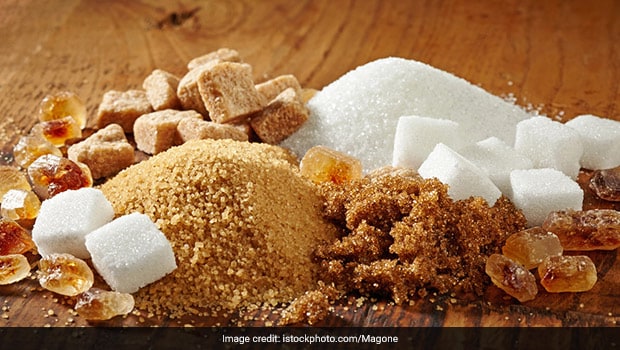Found in Northern parts of India, Khurma or Shakar Para is an old school snack that has been overshadowed by new and fancy sweets. Mostly made around Deepawali and also to celebrate weddings, these can be considered a sweeter version of Nimki or Namak Para. Khurma is a sugar-coated, cube-shaped flour snack that is loved by many foodies. It is among those snacks that every hosteler from the 70s would remember and cherish. It lasts long, can be easily made at home and can be enjoyed anytime of the day.It takes lesser time and effort than many other sweet snacks and it uses very few commonly available ingredients. It is also popular in parts of Maharashtra and Gujarat by names like Shakarpali. And as sweet as it tastes, it is sure to remind you of home if you're far away.
Called by different names like Teepi Maida in parts of Andhra and Kalakala in Tamil Nadu, Khurma has several variations too in terms of shapes and flavours. From the Gujarati diamond-cuts to Maharashtrian long elongated ones or the usual sugary cubes, Khurma is made in various shapes and sizes. Some suggest that it became popular among the Indian folks during the reign of the Mughals. There are also some other stories circling around according to which it existed in India before the Mughal era when jaggery was discovered and people started experimenting with it.Whatever may be the history linked to it, there is one thing for sure: they are absolutely delicious and we're glad they exist! There are some western versions of the Khurma too such as the Tulumba that is enjoyed in Middle Eastern countries. (Here is a recipe of Turkish Tulumba by Chef Munavar Taher Peerzade)The typical Khurma is a sugary ball but they are available in salty and spicy flavours too known as Namkeen Pare. There is also a version of it in which Gur is used as a coating instead of sugar, which is enjoyed in parts of Northern India called Gur Para. (Try this recipe of the Namkeen Para shared by Chef Niru Gupta)Among the very popular sweets and snacks, Khurma is often not given the spotlight that it deserves. Let's not lose this sweet snack that our grandmothers lovingly prepared at home and saved them in tin boxes especially for us.
Even today in many houses, Khurma is preferred as a tea time snack and because of its crispy texture it is very addictive. It is a very simple snack both in ways of cooking and taste. In fact, the most loved part about this sugar ball is its simplicity. If you wish to have something sweet but hate the 'very sweet' nature of most of the Indian sweets, then khurma is what you are looking for! Since it is only coated with sugar, the sugary layer does not impact the sweet nature and even if it does, the flour compensates for it.
Called by different names like Teepi Maida in parts of Andhra and Kalakala in Tamil Nadu, Khurma has several variations too in terms of shapes and flavours. From the Gujarati diamond-cuts to Maharashtrian long elongated ones or the usual sugary cubes, Khurma is made in various shapes and sizes. Some suggest that it became popular among the Indian folks during the reign of the Mughals. There are also some other stories circling around according to which it existed in India before the Mughal era when jaggery was discovered and people started experimenting with it.Whatever may be the history linked to it, there is one thing for sure: they are absolutely delicious and we're glad they exist! There are some western versions of the Khurma too such as the Tulumba that is enjoyed in Middle Eastern countries. (Here is a recipe of Turkish Tulumba by Chef Munavar Taher Peerzade)The typical Khurma is a sugary ball but they are available in salty and spicy flavours too known as Namkeen Pare. There is also a version of it in which Gur is used as a coating instead of sugar, which is enjoyed in parts of Northern India called Gur Para. (Try this recipe of the Namkeen Para shared by Chef Niru Gupta)Among the very popular sweets and snacks, Khurma is often not given the spotlight that it deserves. Let's not lose this sweet snack that our grandmothers lovingly prepared at home and saved them in tin boxes especially for us.
Advertisement
For the latest food news, health tips and recipes, like us on Facebook or follow us on Twitter and YouTube.
Tags:





